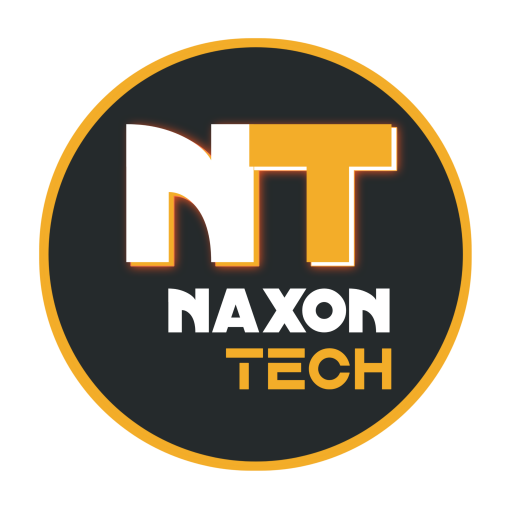
Microsoft’s Phi-1 Language Model: Microsoft has introduced its latest language model, Phi-1, boasting an impressive 1.3 billion parameters. Contrary to the popular belief that larger models automatically yield better results, Microsoft’s approach centers around the quality of the training data. By utilizing a meticulously curated “textbook-level” dataset, Phi-1 has outperformed GPT-3.5, despite the latter having 100 billion parameters.
Phi-1: Quality Training Data Trumps Model Size
A Focus on Training Data Quality
Microsoft’s Phi-1 language model, which is built on the Transformer architecture, has garnered significant attention due to its exceptional performance. Unlike the prevailing trend of increasing model stack size, the Phi-1 team prioritized the quality of the training data. They employed a high-quality dataset comprising of “textbook-level” content sourced from the internet. Leveraging GPT-3.5 and aided by 8 Nvidia A100 GPUs, Microsoft completed the training process in a mere four days.
Impressive Accuracy Achievements

According to Microsoft, their emphasis on enhancing the quality of the training data, rather than escalating the parameter count, has yielded promising results. Comparative tests reveal that Phi-1 achieved an accuracy score of 50.6%, surpassing GPT-3.5’s performance of 47%, despite having a substantially smaller parameter count of 1.3 billion.
Microsoft’s Commitment to Advancing Natural Language Processing
Open Source Initiative
In a bid to strengthen accessibility and foster collaboration, Microsoft plans to open source Phi-1 on HuggingFace. This move not only increases the model’s availability but also unleashes its potential for collective improvement. It’s worth noting that Phi-1 is not Microsoft’s first foray into developing a smaller language model. They previously introduced Orca, a 13 billion parameter model trained on synthetic data using GPT-4. Orca has proven its superiority over ChatGPT, further bolstering Microsoft’s credentials in the field.
Detailed Insights in arXiv Publication
The research paper detailing Phi-1’s architecture and training methodology has been published on arXiv. Interested individuals can delve into this paper to gain comprehensive knowledge of Phi-1’s development. With its thorough exploration of technical aspects, the publication offers valuable insights for researchers and enthusiasts alike.
Conclusion – Microsoft’s Phi-1 Language
Microsoft’s Phi-1 language model defies the conventional belief that larger stack sizes are essential for improved performance. By prioritizing high-quality training data, Phi-1 has demonstrated remarkable accuracy, surpassing even larger models in its performance. The decision to open source Phi-1 further underscores Microsoft’s dedication to advancing the field of natural language processing. With Phi-1, Microsoft paves the way for innovative applications and continued progress in language modeling.
Source: Via
FAQ’s
How long did it take to train Microsoft’s Phi-1 model?
The training time for Phi-1 was remarkably efficient, taking only four days to complete.
What is the significance of Phi-1’s accuracy score?
Phi-1 achieved an accuracy score of 50.6%, surpassing GPT-3.5’s performance of 47%. This highlights the exceptional capabilities of Phi-1 in natural language processing tasks.
Will Microsoft make Phi-1 available to the public?
Yes, Microsoft plans to open source Phi-1 on HuggingFace, making it accessible and encouraging collaborative advancements in language modeling.
Has Microsoft previously developed similar language models?
Yes, Microsoft has previously introduced Orca, a 13 billion parameter model trained on synthetic data using GPT-4. Even Orca has demonstrated superior performance compared to Chat GPT.


